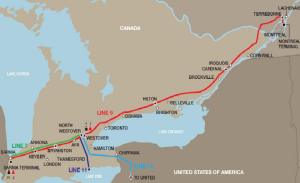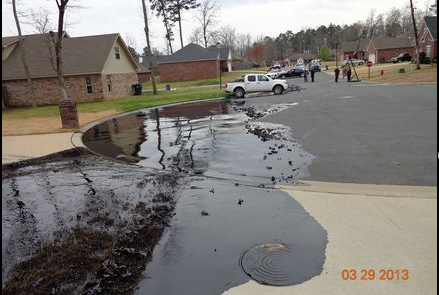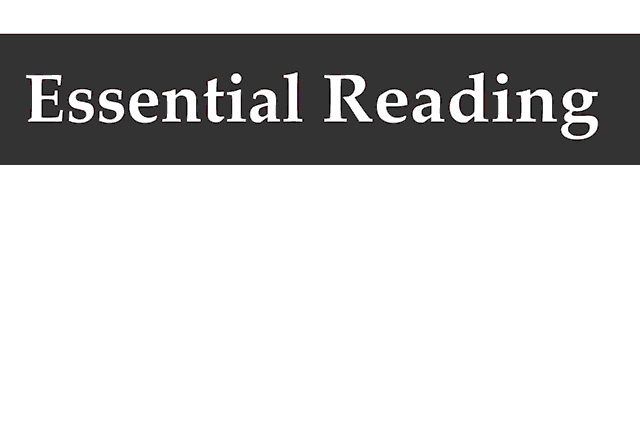 By Pepper Parr
By Pepper Parr
December 9, 2014
BURLINGTON, ON
Hundreds of lines of news stories get written about pipe lines and the movement of oil across the country.
The National Energy Board sets the rules, the pipeline companies look for ways to make those rules less expensive to meet, the municipalities the pipelines run through worry about what an oil spill will mean to them and the average Joe wonders what it is all going to mean to them and look at the price of gas as they fill the tank.

Route of the 40 year old pipeline that is going to have its flow reversed and used to carry toxic oil instead of natural gas.
Why are oil prices so low now – what’s different? Something to do with supply and demand – so why do we need pipe lines to move oil when we already have enough?
It’s complex, confusing – but we know that if something goes wrong – we are going to have to pick up the tab.
Enbridge, the people who have a 40 year old pipeline that runs across the top of Burlington assures us that shutoff valves are not necessary to protect the creeks. The continuing conflict over more costly conditions being imposed on Line 9 by the National Energy Board is just one example of the push for greater municipal and provincial say about pipeline proposals including a massive cross-country project that would carry nearly four times more bitumen to export markets (video).
TransCanada’s Energy East proposal would convert a natural gas pipeline and extend it to carry 1.1 million barrels a day from the Alberta tar sands across northern and eastern Ontario to new tanker ports on the St Lawrence River and in New Brunswick. Like the two stalled pipeline routes across British Columbia, Energy East is facing a wall of opposition that now includes conditions imposed by Canada’s two largest provinces, and an environmental report that has now forced at least the temporary abandonment of the St Lawrence tanker terminal.
Where can we go to get an explanation we can understand.

Toxic oil was running through the streets of Mayflower Arkansas in a pipeline most people didn’t even know was in place. Burlington groups want to make sure something like this doesn’t happen here.
The Council of Canadians has created a video – Energy East 101 – kind of neat and loaded with information that can be verified. Click on this link – give it a listen. It is worth the time.
We know that climate change is already here; understanding how we can best adapt to it is where we need the help.















Correction required: “Why are oil process so low now” should be “Why are oil prices so low now”